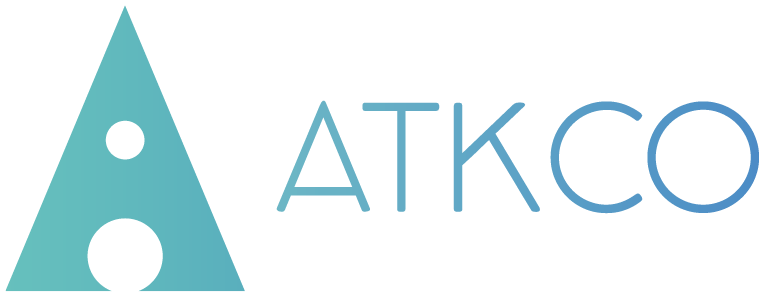Scaling Enterprise Architecture: An Interview with Marc Bloom
Coaching digital transformations in a world where emerging technology rules the day is no easy feat. How do organizations address the various technology functions that allow them to achieve responsiveness as they build products customers love?
I reached out to Enterprise Architect Marc Bloom of Virginia Credit Union to talk about one aspect.
SHAYNA: Marc, in the modern business world, many leaders emphasize the importance of being “agile.” Borrowed from the software world’s concept of agile development, this management style requires a leader to be flexible, adaptable, and fast in their decision-making. What does agility mean to you?
MARC: Agility means the ability to move quickly and easily, to think and understand quickly. In business, it’s the ability of an organization to adapt quickly to market changes (internally and externally) and respond rapidly and flexibly to customer demands.
SHAYNA: Agile leaders are often purpose-driven leaders. What is your why and your purpose? Why do you focus on enterprise architecture?
MARC: I view enterprise architecture as a critical service to improve business agility and alignment, resulting in efficient IT management and service delivery. Fundamentally, an Enterprise Architect maps out the enterprise design and blueprint towards realizing business value.
At any point in time, the enterprise architect can use the architecture map to trace the system flows and interactions, enabling business and IT leadership to make informed decisions regarding the change, especially now during this time of digital opportunity and challenges, to remain relevant and competitive. Enterprise Architecture is an essential driver that is enabling continuous delivery and digital transformation.
Marc brings up a valid point. Recently at a financial services organization, architects drove the sizing of complex works, UX and Coding standards, and all infrastructure that xyz. Architecture — what is it? What does it mean to lay a runway for architecture?
SHAYNA: What is your approach to complex problem-solving?
MARC: The approach that works best for us is the “Big Net” technique. With complicated integrated systems, problems or issues that are initially assessed as ‘simple’ can spiral out of control once the ‘hood is opened’.
Enterprise Architecture has partnered with business analysts to do high-level initial assessments of impacted systems or workflows, based on business use cases. We then convene a meeting with reps from all impacted teams and do whiteboard exercises to diagram the system(s) and flows, connecting all the spider webs. This helps to identify missing pieces or ‘hidden features’ which may be the root cause and, in doing so, define the specific work needed to solve the problem. We take this same approach to project initiation impact assessments, which is helping to ‘right-size’ project efforts for the business to use in making prioritization decisions.
There are varied approaches. The Java Platform architecture is a layered reference architecture which provides a template solution for many enterprise systems developed in Java. The IBM Insurance Application Architecture is a reference architecture for the Insurance domain. AUTOSAR is a component-based reference architecture for automotive software architectures. Of course, none of these approaches come without day to day challenges. Marc shares one his team has faced recently.
SHAYNA: Give an example of a challenge or impediment your team faced recently. How did you overcome it?
MARC: Current and ongoing impediment is the lack of QA Testing resources to staff agile teams. The QA resource pool is roughly 25% of the required bandwidth to place an appropriate number of testers on each team, based on the number of developers assigned to the teams.
This results in curtailing and constraining each team’s potential velocity. The solution thus far has been to assign QA Testing tasks within the sprint to all team members (testers, developers, BA’s, and product owners). The testing resource works with their teammates to define the test scenarios and validation criteria, and rules regarding the independence of testing apply to the developers, with the peer model being used. Although this is reducing the potential team velocity, the resulting product is being released with higher quality.
SHAYNA: How have you incorporated agility into how you approach architecture? For example, do you use set-based design, or do you preserve options?
MARC: VACU is following the Architectural Roadmap concept presented by SAFe (Scaled Agile Framework). We are reviewing strategic business intent with product owners and sponsoring executives to determine enterprise architecture impact of their goals and capability needs.
We are then defining gaps in architectural capabilities as epic level deliverables along the architecture runway. These capabilities are further broken down into features and incorporated into the backlogs managed by RTEs and POs via the PI planning process.
SHAYNA: Last question: What mentor or role model did you have who demonstrated Agile leadership?
MARC: Shayna Atkins, of course ;-).
Want to know more about architecture tips and tricks? How are organizations staying ahead of the curve in this time of change? You can connect with Shayna and the team at AtkCo about all things digital transformation here.


